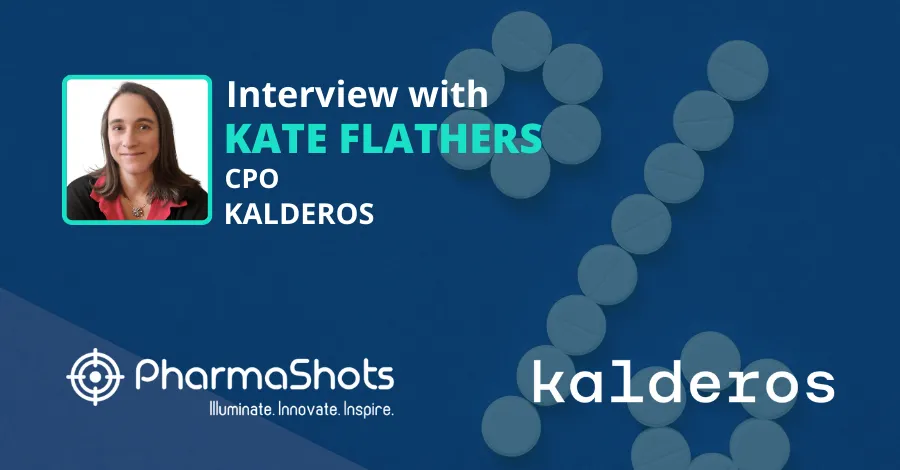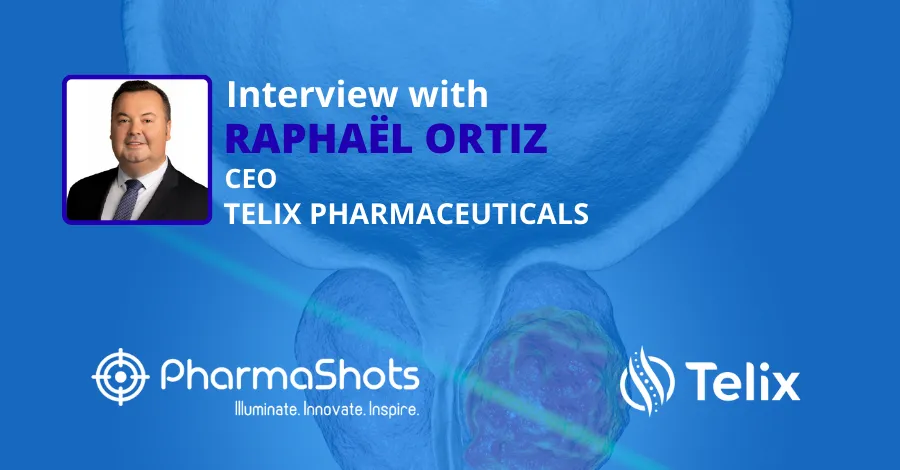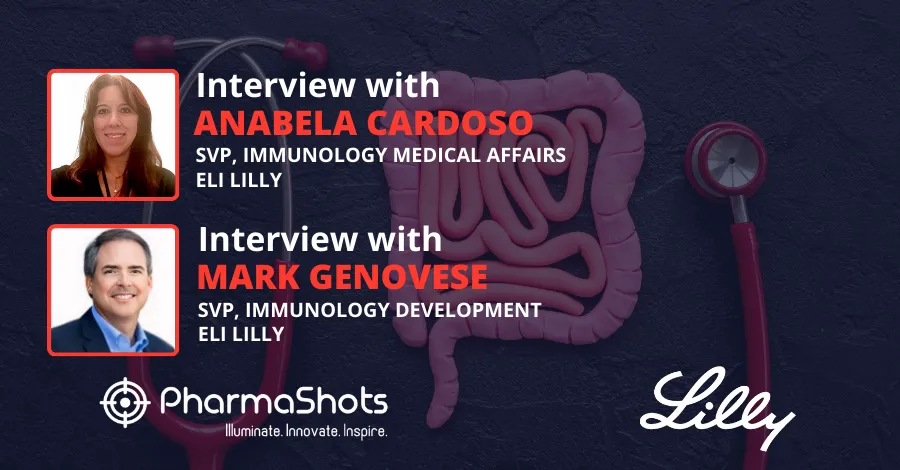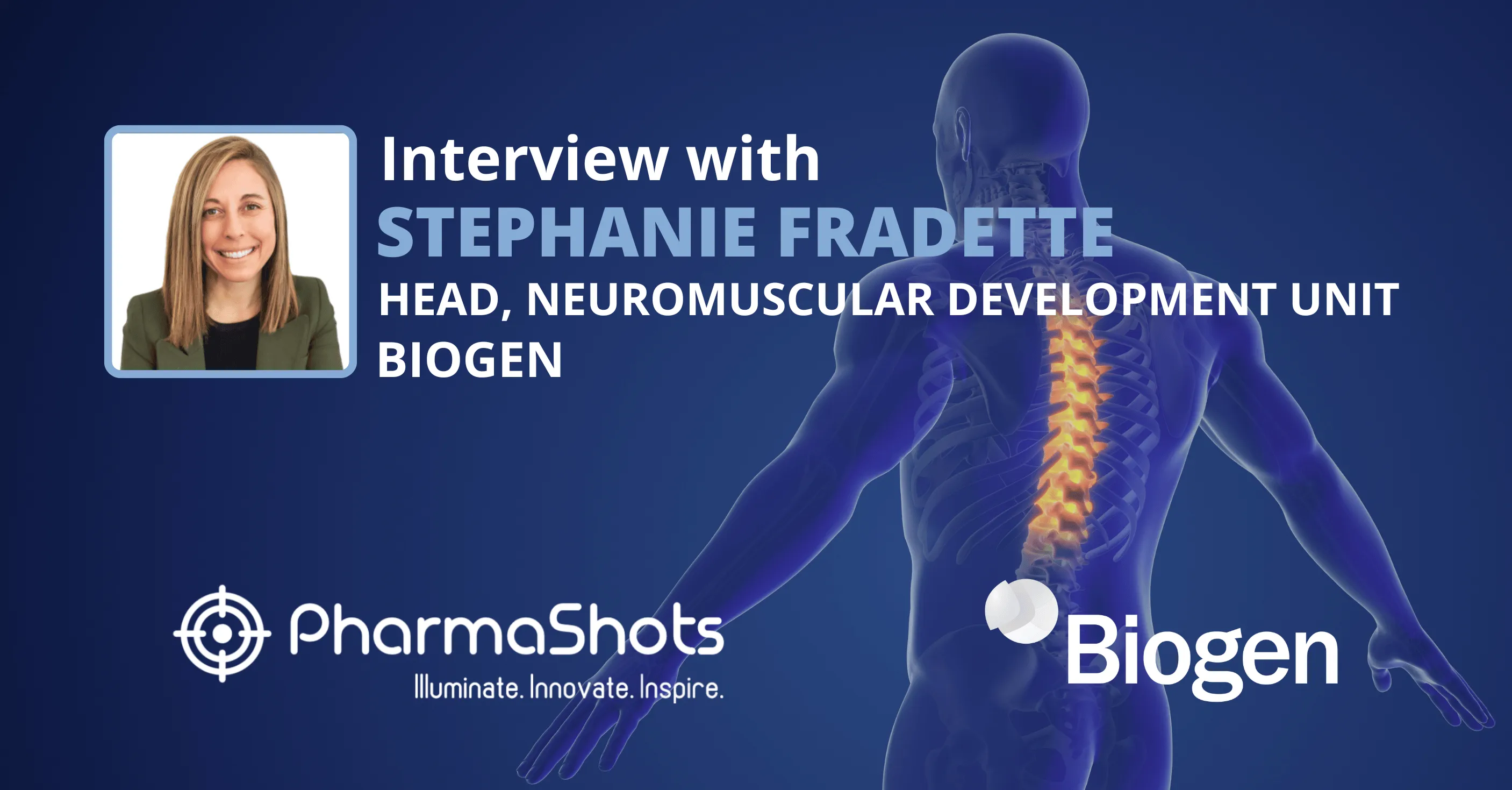
PharmaShots Interview: Tetra Therapeutics' Mark Gurney Shares Insight on Topline Results of BPN14770 for Fragile X Syndrome
In an interview with PharmaShots, Mark Gurney, CEO at Tetra Therapeutics shared his views on the results of the P-II exploratory study of BPN14770 in adult patients with Fragile X Syndrome.
Shots:
- The P-II study is a two-way crossover study assessing BPN14770 (25mg, bid) vs PBO in 30 adult male patients aged 18-45yrs. with FXS due to >200 CGG repeats in the FMR1 gene
- The study demonstrated benefits in oral reading recognition (+2.81), picture vocabulary (+5.81), cognition crystallized composite score (+5.31), benefits were maintained up to 12wks. and was well tolerated
- BPN14770 is a novel therapy that selectively inhibits PDE4D to increase the levels of cAMP. In preclinical trials, it promotes the maturation of connections between neurons, which is impaired in patients with FXS and has received the US FDA's ODD as well as approved for investigational use in the US
Tuba: Discuss in-depth about the P-II exploratory study of BPN14770 for Fragile X Syndrome and mention its top-line results.
Mark: Our Phase 2 exploratory study in adult patients with Fragile X Syndrome (FXS) evaluated Tetra's lead candidate, BPN14770, a first-in-class phosphodiesterase-4D (PDE4D) allosteric inhibitor. In this single-center, randomized, placebo-controlled, two-way crossover study, BPN14770 demonstrated excellent safety as well as benefits on cognitive function and behavior in 30 patients with FXS.
The Phase 2 clinical trial was a randomized, placebo-controlled, two-way crossover study. Each period was 12 weeks in duration with no washout between periods. The study enrolled 30 adult male subjects age 18-41 years with FXS due to >200 CGG repeats in the FMR1 gene. Subjects received daily oral doses of 25 mg twice a day of BPN14770 or placebo. Parents/caregivers and physician raters were blinded to treatment. Study enrollment occurred between July 9, 2018, and July 31, 2020. All subjects completed both treatment periods, although carryover effects limited the primary statistical analysis to Period 1. The following results, therefore, describe the outcomes for patients who received BPN14770 during Period 1, compared to those who received placebo.
Cognitive assessments using the NIH-Toolbox revealed a significant benefit in Oral Reading Recognition (LSMean Difference +2.81, p=0.0157), Picture Vocabulary (+5.81, p=0.0342), and Cognition Crystallized Composite Score (+5.31, p=0.0018). Parent/Caregiver ratings using 100 points Visual Analog Scales revealed benefit that was judged to be clinically significant in Language (LSMean Difference +14.04, p=0.0051) and Daily Functioning (+14.53, p=0.0017). The benefit of BPN14770 was maintained up to 12 weeks after the crossover from drug to placebo. BPN14770 was very well tolerated in the Phase 2 trial with few adverse events.
Tuba: When can we expect from the initiation of the P-III program for BPN14770 in FXS and AD?
Mark: 2021
Tuba: What is the science behind BPN14770?
Mark: There are four PDE4 enzymes in the body: PDE4A, PDE4B, PDE4C, and PDE4D.
BPN14770 is a novel therapeutic agent that selectively inhibits only phosphodiesterase-4D (PDE4D) to increase the levels of cAMP, a key signaling molecule, in the brain. In preclinical models, BPN14770 promotes the maturation of connections between neurons, which is impaired in patients with Fragile X Syndrome.

Source: Tetra Therapeutics
PDE4D plays an important role in cognition. A study of over a million healthy human subjects showed connections between genetic variants in PDE4D and years of educational attainment and performance on cognitive tests. (1)
Very rare mutations in PDE4D cause intellectual disability in children. We also know that genetic variation in PDE4D contributes to variation in healthy brain function.
Prior to now, attempts to target the PDE4 enzymes have addressed all four of the enzymes at once, producing unwanted side effects in the patient, such as nausea, vomiting, and diarrhea. Tetra has discovered how to selectively target just one of these enzymes, specifically PDE4D, minimizing side-effects. This unique mechanism of action has the potential to improve cognitive and memory function in devastating CNS disorders, including FXS, Alzheimer's disease, and other dementias, learning/developmental disabilities, and schizophrenia.
Tuba: What is the main cause of fragile X syndrome?
Mark: Fragile X syndrome is the number one inherited cause of intellectual disabilities and the most commonly known cause of autism worldwide. It impacts intelligence, behavior, and daily functioning. Fragile X affects 1 in 4000 males and 1 in 6000 females of all races and ethnic groups (source CDC). About 1 in 259 women carry Fragile X and could pass it to their children. About 1 in 800 men carry Fragile X; their daughters will also be carriers.

Source: EmployAbility
The cAMP is a key signaling molecule in the brain that regulates synaptic plasticity. Fragile X patients have a deficit of cAMP and BPN14770 addresses this core deficit. When the Fragile X gene was discovered in 1991 we learned that Fragile X resulted from the expansion of a CGG repeat sequence in the promoter region of the Fragile X gene which is called FMR1. The gene is shut down in Fragile X so the cells don't make the FMR1 protein and as a consequence, neurons in the brain make less cAMP. BPN14770 addresses this chemical imbalance.
Tuba: Why did Tetra Therapeutics choose to focus on the disease that impairs the human brain function?
Mark: Tetra has a focus on diseases that affect the CNS. The Tetra team was the first to solve the protein structures of the regulatory domains of the phosphodiesterase type 4 (PDE4) enzymes. This enabled us to design, for the first time, drugs that are PDE4 subtype-selective allosteric inhibitors. In the brain, the PDE4D subtype modulates the spatial and temporal patterning of cAMP signaling important for learning and memory.
Tuba: Can we have an overview of Tetra's leading programs?
Mark: Tetra is developing therapies for patients with Alzheimer's disease, Fragile X Syndrome, and other brain disorders that will potentially protect against memory loss and improve how the brain processes and stores information. Using structure-guided drug design the company has discovered allosteric inhibitors of phosphodiesterase 4 (PDE4), an enzyme family that plays key roles in memory formation, learning, neuroinflammation, and traumatic brain injury. We are continuing to study our lead candidate BPN14770 in planned Phase 2B/3 trials; one in Fragile X Syndrome and the other in early-stage Alzheimer's disease.
Tuba: Is Tetra planning to evaluate the potential of BPN14770 in treating other cognitive impairment diseases apart from FXS, AD, TBI?
Mark: BPN14770 addresses a fundamental mechanism of synaptic plasticity and should have broad application to other disorders beyond Fragile X and AD.
Tuba: How does BPN14770 differs from the drugs that have been already approved for the treatment of AD?
Mark: The only drugs approved to treat AD are cholinesterase inhibitors and memantine. These compounds provide symptomatic relief in mild-to-moderate AD. Tetra's approach to Alzheimer's disease is different from therapies that consist of monoclonal antibodies that target amyloid-beta, a protein whose accumulation in the brain is related to the onset of dementia. Instead, our lead clinical compound is a novel therapeutic agent that selectively inhibits phosphodiesterase-4D (PDE4D) to enhance the early and late stages of memory formation. The compound has demonstrated neuroprotective benefits in preclinical models and has the potential to slow Alzheimer's disease progression. In Fragile X syndrome, the compound has the potential to rewire neuronal connections that do not mature properly due to the mutation and silencing of the FMR1 gene.
Tuba: Are you planning to evaluate the efficacy of BPN14770 in children with FXS and AD?
Mark: We plan studies in children and adolescents with FXS in our Ph3 clinical program. AD does not affect children and adolescents.
Tuba: Is Tetra planning to, or already involved in any awareness program to improve the lives of patients?
Mark: We currently work closely with the FRAXA Research Foundation, the National Fragile X Foundation, the US Against Alzheimers, and the Alzheimers Drug Discovery Foundation. Dr. Gurney also serves on advisory boards for the National Institute on Aging.
Reference:
M. E. Gurney, Genetic Association of Phosphodiesterases With Human Cognitive Performance. Front Mol Neurosci 12, 22 (2019).
About Author:

Dr. Mark Gurney is the Chairman & CEO of Tetra Therapeutics. He founded Tetra in 2011 to develop medications for large unmet needs including Alzheimer's disease. He has held positions in academia and within the pharma industry.
Note: The interview was conducted in 2020
Related Post: ViewPoints Interview: Abbott's Allen Burton Shares Insight on NeuroSphere myPath App
Tags

This content piece was prepared by our former Senior Editor. She had expertise in life science research and was an avid reader. For any query reach out to us at connect@pharmashots.com














